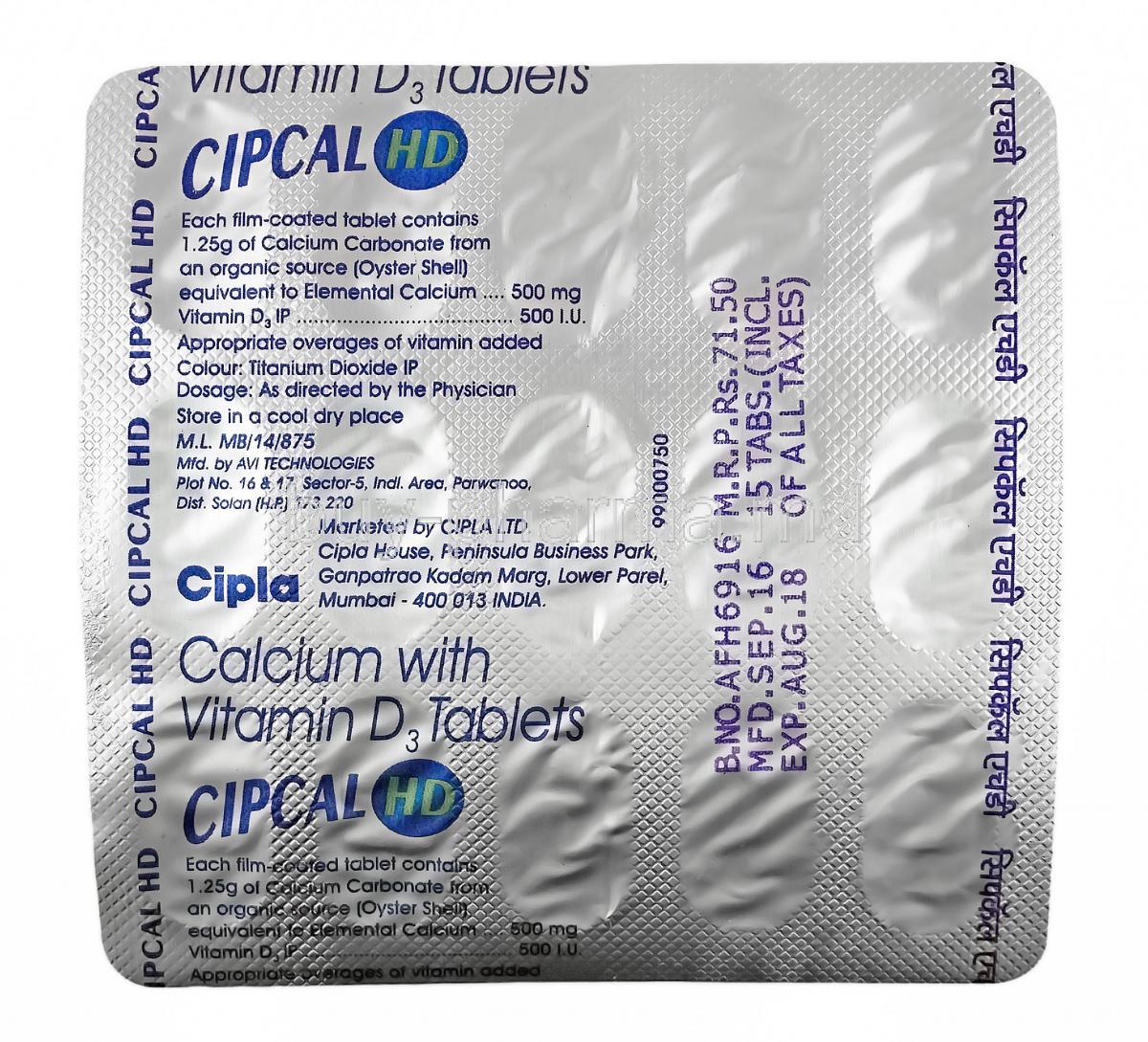
Regulation of absorption, storage, and excretion of Ca results in maintenance of calcium homeostasis.The rate of Ca loss and reabsorption at the kidney can be regulated.The major site of Ca excretion in the body is the kidneys.There is constant exchange of calcium between bone and blood.Bone is remineralized (broken down) by osteoclasts, which secrete acid, causing the release of calcium and phosphate into the bloodstream.Bone is produced by osteoblast cells which produce collagen, which is then mineralized by calcium and phosphate (hydroxyapatite).Some calcium is stored within cells (endoplasmic reticulum and mitochondria).The primary site of storage is our bones (about 1000 grams).Absorption occurs in the small intestine, and requires vitamin D (stay tuned.).About 200 mg of this is absorbed into the body.About 1000 mg of Ca is ingested per day.Neuoromuscular excitability and signal transduction.Ca ions in extracellular and cellular fluids is essential to normal function of a host of biochemical processes.This balance is controlled by transfer of Ca among 3 organs: intestine, bone, kidneys.The amount of Ca is balance among intake, storage, and excretion.Ca is the most abundant mineral in the body.

Ca salts in bone provide structural integrity of the skeleton.Calcium Homeostasis: Parathyroid Hormone, Calcitonin and Vitamin D3


 0 kommentar(er)
0 kommentar(er)
